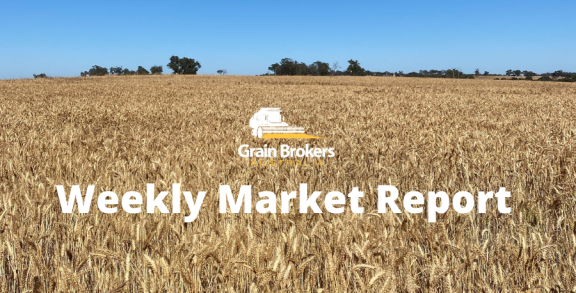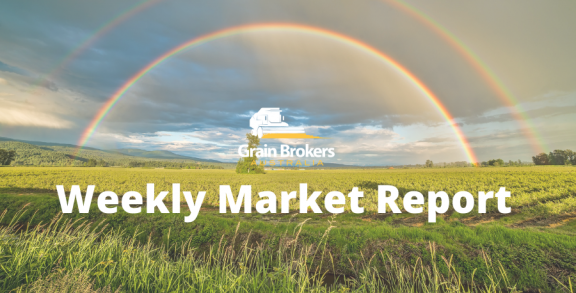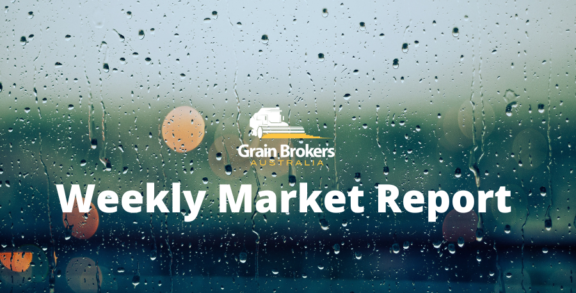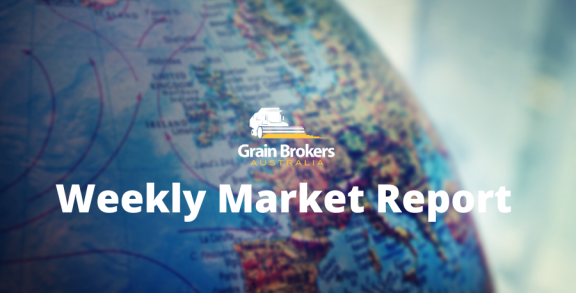
The 66th navigation season on the Great Lakes St. Lawrence Seaway system commenced on March 22 and early tonnage reports indicate a robust beginning. The world’s longest and most extensive binational waterway system has remained a vital deep-draft waterborne transportation link for the movement of goods between North America’s heartland and international markets since it opened in 1959.
The waterway is a system of locks, canals, channels and lakes that permits oceangoing vessels to make the 3,770 kilometre journey from the Atlantic Ocean west to the Great Lakes, as far inland as Duluth, Minnesota, at the western end of Lake Superior. The elevation gain from the Atlantic Ocean to Lake Superior is 183 metres, and ships can reach ports in all five of the Great Lakes via the Great Lakes Waterway.
The St. Lawrence Seaway portion of the system extends from Montreal to the middle of Lake Erie and is named after the St. Lawrence River which flows from Lake Ontario, downstream of the Great Lakes, to the Atlantic Ocean. The St. Lawrence River section of the waterway is not a continuous canal; rather, it consists of several stretches of navigable channels within the river, a number of locks, and canals along the banks of the river to bypass a number of rapids and dams.
Managed jointly by the US Department of Transportation’s Great Lakes St. Lawrence Seaway Development Corporation and the Canadian St. Lawrence Seaway Management Corporation, the two collectively advertise the system as Highway H2O. A typical season runs for about nine months from late March to late December each year.
The marine highway currently supports almost 360,000 jobs and contributes around US$47 billion to the economic activity between Canada and the United States. It offers shippers direct access to North America’s commercial, industrial and agricultural heartland, a market of over 150 million people and a vast network of more than 40 ports, many of which have critical intermodal connections.
The Great Lakes St. Lawrence Seaway System is serviced by a variety of international and domestic vessels that contribute to the efficiency of the waterway. These include multi-purpose oceangoing vessels, often referred to as “salties”, tug and barge units, and a specialized lake fleet, referred to as “lakers”, many of which are equipped with self-unloading devices. It takes the average vessel around 8.5 sailing days to navigate the entire length to open sea.
The channels and locks are currently the limiting factor for vessel size, being a maximum of 225.5 metres in length, a maximum beam (width) of 23.8 metres and a draft of no more than 8.08 metres. Each lock holds almost 80 million litres of water, equivalent to roughly 30 Olympic-sized swimming pools, and lockages require around 30 minutes from start to finish, regardless of direction. Proposals 20 years ago to modify the channels and locks to transit earlier generation panamax vessels met with strong environmentalist resistance and the cost was considered prohibitive.
Over 80 per cent of system traffic comprises bulk cargoes such as grains, iron ore, coal, chemicals and oil. Manufactured goods of all kinds, including finished and semi-finished steel products make up the rest of the seaway payloads. Since its opening, the St. Lawrence Seaway has moved more than 2.5 billion metric tonne of goods with an estimated value of around US$375 billion. Almost 25 percent of this cargo travelled to and from overseas ports and ships from more than 50 nations call at Great Lakes and Seaway ports in Canada and the US each year.
Early fleet positioning due to unseasonably low winter ice coverage on the Great Lakes jump-started new-season grain and potash traffic. Canadian and US grain shipments totalled approximately 1.21 million metric tonne to the end of April, an increase of 39,000 metric tonne, or 3.32 per cent compared to the previous corresponding period.
Similarly, potash traffic posted an increase of 83,000mt, bringing the season-to-date total up to 110,000mt. Potash, encompassing various potassium-rich minerals, is essential in fertilizers for enhancing plant growth, crop yield, disease resistance and plant water retention.
Grain exports out of the Canadian Port of Thunder Bay have been strong since Great Lakes navigation commenced this year, with 923,700mt reportedly moved in May. That marked the second-highest monthly grain shipments of the past two years and compares with 899,100mt in May 2023. A total of 2.07mmt of grain has moved through the port on the northern shores of Lake Superior since the season opened, up 14 per cent from the same time last year.
However, total cargo volumes in the first five weeks of new season operation fell by 379,000mt, or 8.85 per cent compared to the same period in 2023. Total vessel transits fell by 2.04 per cent from 441 last year to 432 this year. Iron ore traffic saw the biggest fall, down 281,000mt, or 34.27 per cent, to 539,000mt.
In 2023, nearly 37.56mmt of cargo transited the binational system, representing an overall increase of more than 3.37 per cent from 2022. However, the total number of vessel transits across the season fell from 4008 to 3934, meaning that the average cargo size increased by 5.33 per cent from 9,065mt to 9,548mt. The 2023 Great Lakes St. Lawrence Seaway shipping season was one of the longest on record, running from March 22 through to January 7.
At 10.5mmt, grain cargoes made up 27.9 per cent of total system movements, an increase of 0.5mmt, or 5.01 per cent compared to 2022. Wheat accounted for 6.5mmt, or 61.9 per cent of the total. This was 28 per cent higher year-on-year, with Canadian origin wheat making up just over 90 per cent of the wheat volume. Canola shipments were 6.5 per cent higher compared to 2022 at 666,464mt. However, soybean shipments fell by 35.4 per cent at 1.5mmt, while corn movements dipped by 7.0 per cent at 1.4mmt.
Dry bulk cargoes, excluding iron ore and coal, were the biggest freight category at 12.32mmt, up 5.43 per cent from 11.69mmt in 2022. Iron ore shipments were up 1.93 per cent to 6.32mmt, and coal movements increased by 13.96 per cent to 2.02mmt.
St. Lawrence Seaway tonnage statistics for the month of May are scheduled to be released within the next week and are expected to reveal a continuation of the positive trend exhibited in the early part of the 66th navigation season.
Call your local Grain Brokers Australia representative on 1300 946 544 to discuss your grain marketing needs.
Written by Peter McMeekin.





